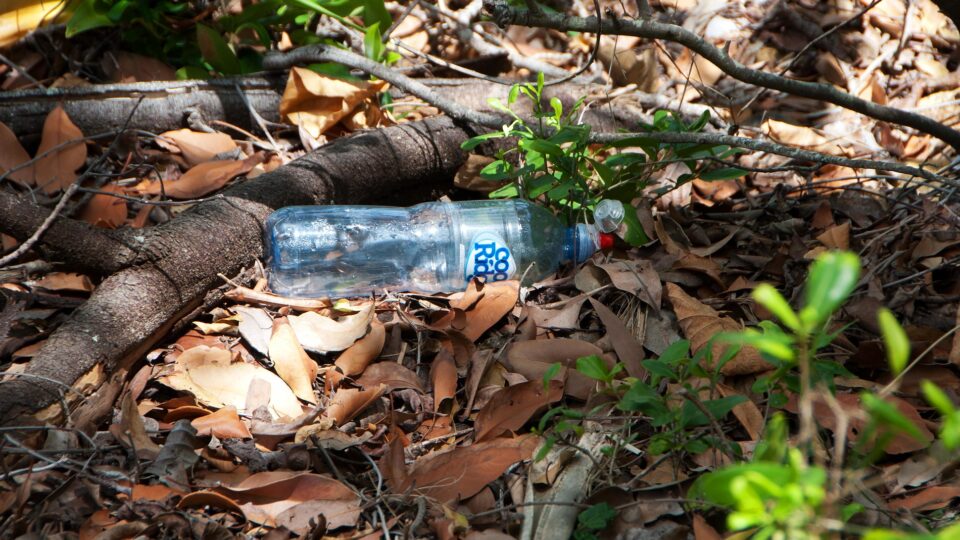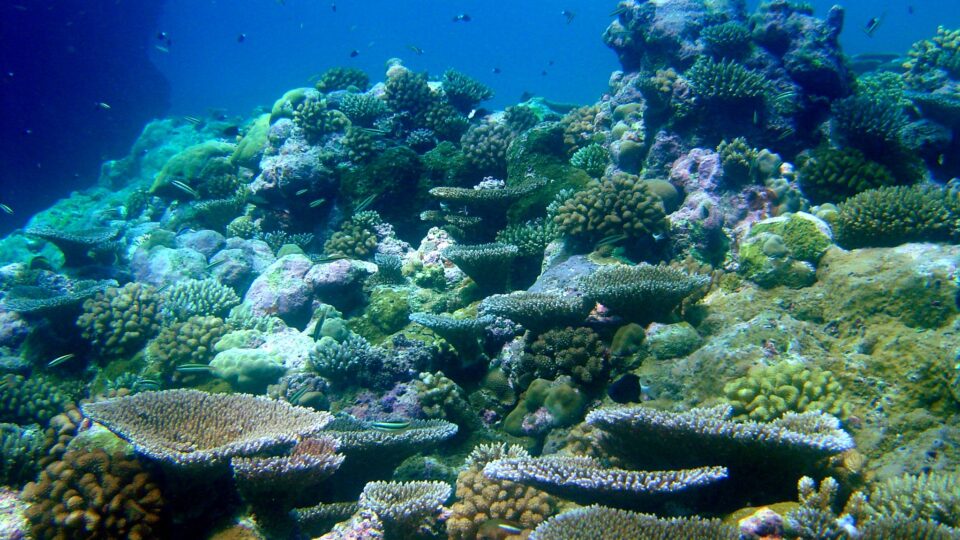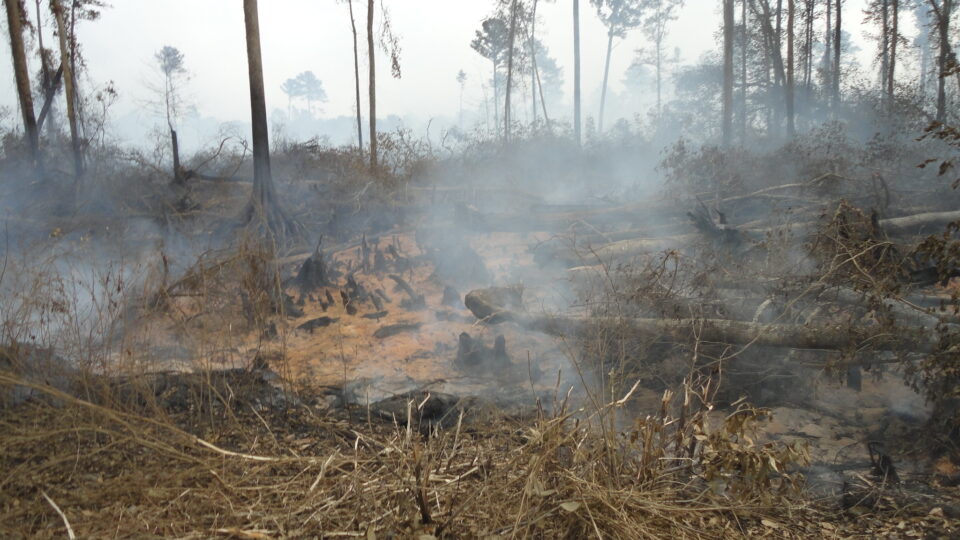In recent years, there has been increasing awareness of the global decline in insect abundance. A recently published survey of the abundance of flying insects in the UK has revealed very troubling results.
The Kent Wildlife Trust and Buglife – two UK-based conservation groups – compared the number of dead insects on vehicles in 2004 and 2021. In this Bugs Matter Citizen Science Survey, the data was collected by roughly 20,000 ordinary citizens using a smartphone app.
The results were that the number of flying insects in Britain dropped nearly 60% over that time period. The insects declined most in England and Wales, with drops of 65% and 55%, respectively.
It is possible that 2004 was a particularly good year for British insects and 2021 an especially bad one, but the findings of this study are consistent with other research around the world showing an alarming decline in insects. A series of studies in 2019 found that the global mass of insects is shrinking by 2.5% a year and that insects are going extinct eight times faster than reptiles, birds, or mammals.
Insects face multiple overlapping threats including the destruction of wild habitats for farming, urbanization, pesticides, and light pollution. On top of these things is climate change which is disrupting ecosystems in multiple ways.
Insects play a vital role in pollinating crops, consuming organic waste, killing pests, and as essential parts of multiple ecosystems. Severe insect declines can potentially have dire global ecological and economic consequences.
**********
Web Links
Flying Insects Have Declined by 60 Percent in the U.K., Survey Finds
Insect decline in the Anthropocene: Death by a thousand cuts
Photo, posted May 6, 2007, courtesy of Richard Giddins via Flickr.
Earth Wise is a production of WAMC Northeast Public Radio.



















